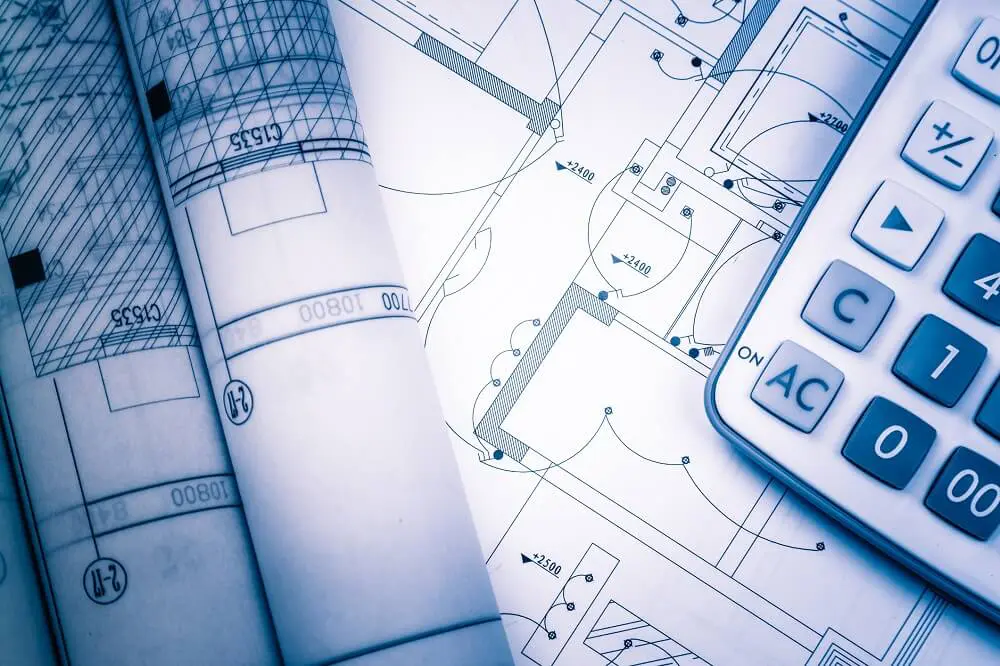
Some people consider manufactured homes as temporary housing that wears out. However, this negative view of manufactured homes as poor quality housing has been outdated since the HUD manufactured housing building code went into effect in 1976.
“Unlike site-built homes, manufactured homes are built almost entirely in a controlled manufacturing environment in accordance with federal building codes, commonly referred to as the HUD Code,” says Mark Bowersox, EVP, Industry Relations at the Manufactured Housing Institute (MHI). Homes are then transported to the home-sites where they are installed in compliance with federal and state laws.
“The HUD Code is the only federal residential building code,” Bowersox adds. “It regulates home design and construction, installation, durability, resistance to natural hazards, fire safety, electrical systems, energy efficiency, and other aspects of the home. Homes are inspected by a HUD-approved third-party during the construction process and the industry adheres to HUD’s robust quality assurance program, which offers greater controls than other forms of housing in the home building industry. Federal, state or local authorities inspect each home installation.”
Manufactured homes, Bowersox maintains, are built with the same quality building materials as site-built homes. “Additionally,” he says, “manufactured homes are engineered for wind safety and energy efficiency standards based on the region of the country where the home will be placed and these standards are comparable to those of homes built to regional and national codes.”
New manufactured homes can last between 30-55 years, the same time frame for traditional single family homes.
Built Tight for Safety
The construction quality of manufactured homes is provided by trained labor and rigorous in-plant inspection and quality checks. Craftsman are assigned to specific aspects of the home’s assembly in an assembly line basis and thus become highly efficient.
Quality manufactured homes use high grade materials. Energy-efficient, double-pane windows and high efficiency HVAC systems are often included. Upgrade flooring, countertops, cabinetry, high-grade 21-ounce carpeting with 7/17 inch thick padding, are also available. Manufactured homes can also include working fireplaces, brick or stone exteriors, and granite countertops.
Like conventional housing, these homes offer numerous green options, such as 2×6 framing with upgraded levels of insulation, ENERGY-STAR® rated appliances and products, high efficiency HVAC systems, and high-performance doors and windows. The factory built units also reduce waste at the job-site.
Such durable construction, long term life expectancy, and quality features and amenities are typical of today’s manufactured homes, help them stand the test of time.

Roy Diez is a freelance writer and marketing professional specializing in the architectural, building and construction industry. He is a former editor-in-chief of Professional Builder magazine.
 How Long Does it Take to Build a Manufactured Home?
How Long Does it Take to Build a Manufactured Home?